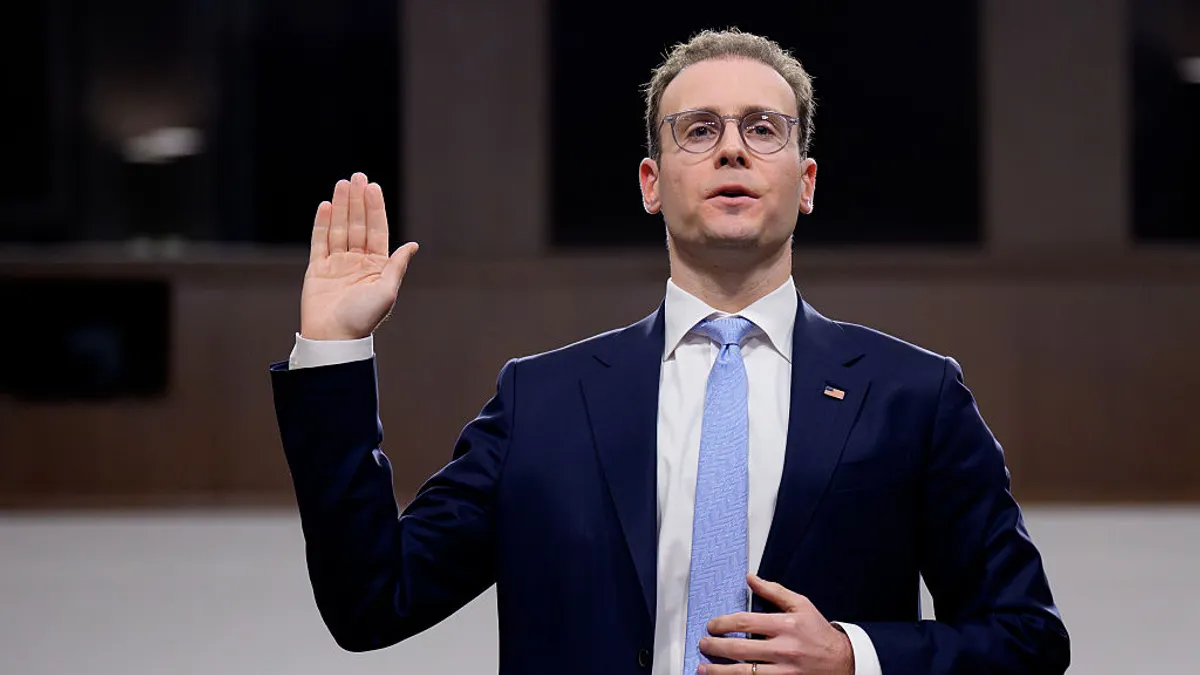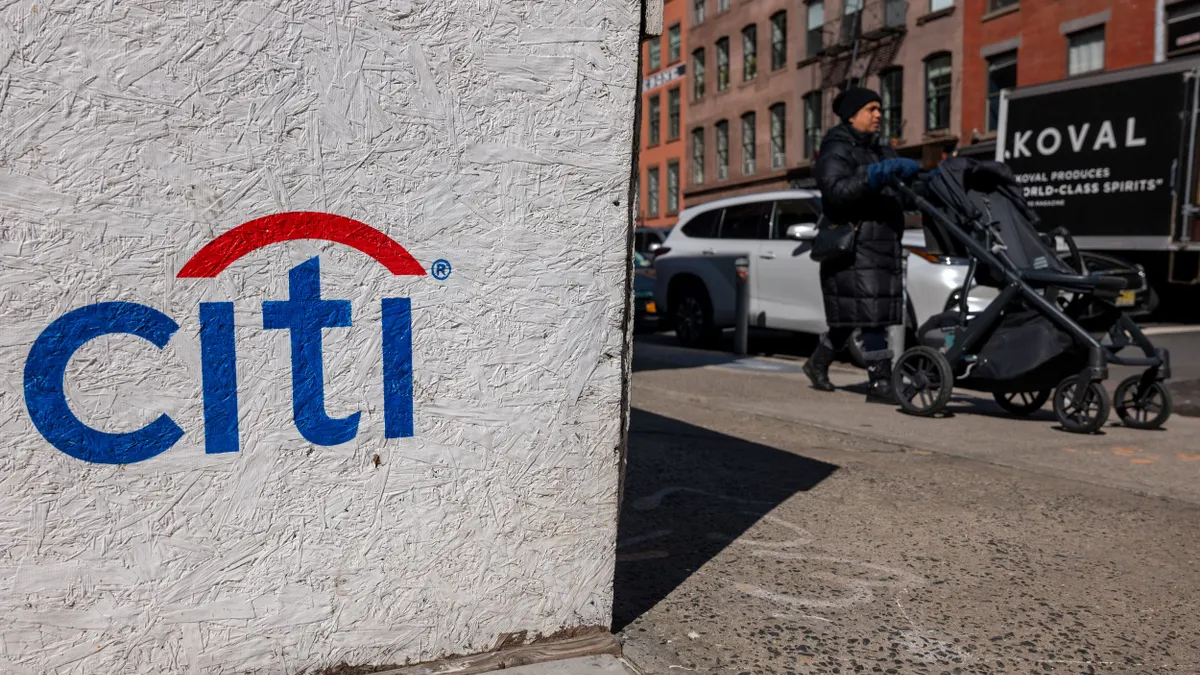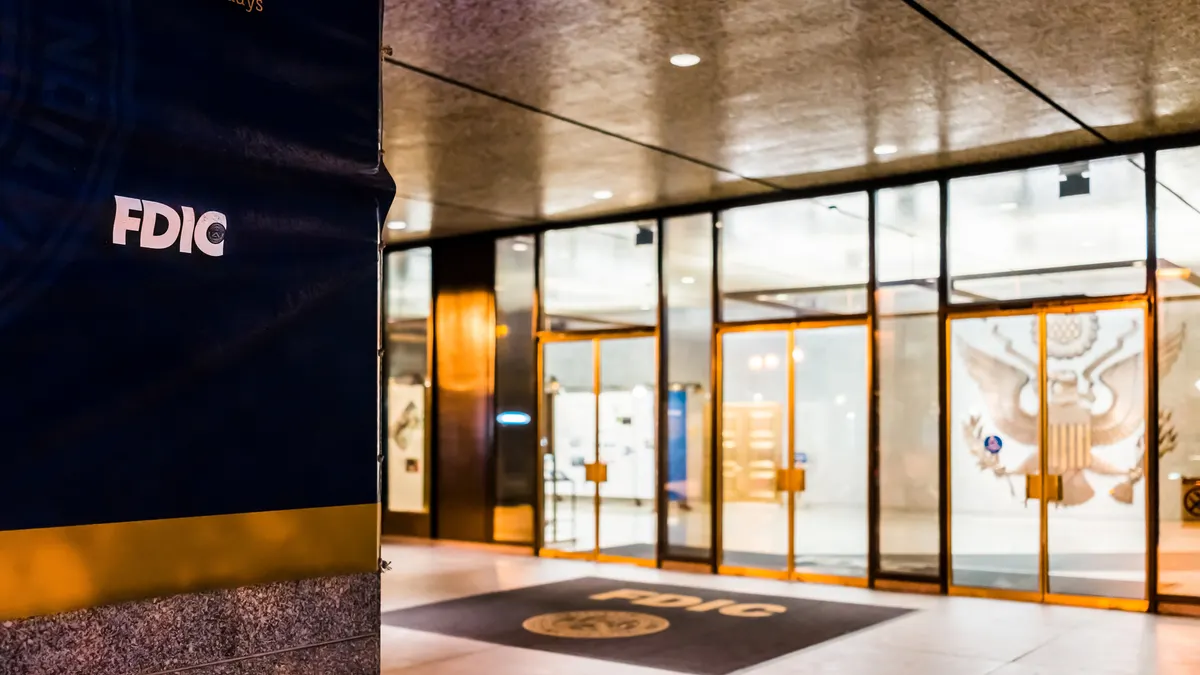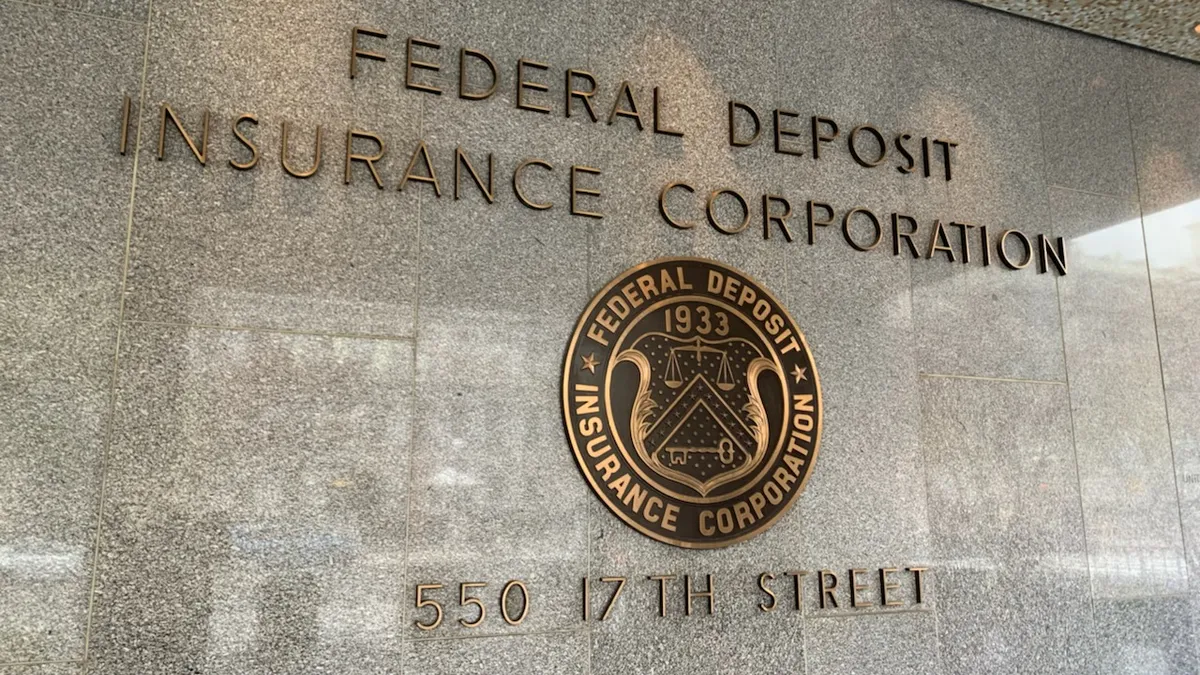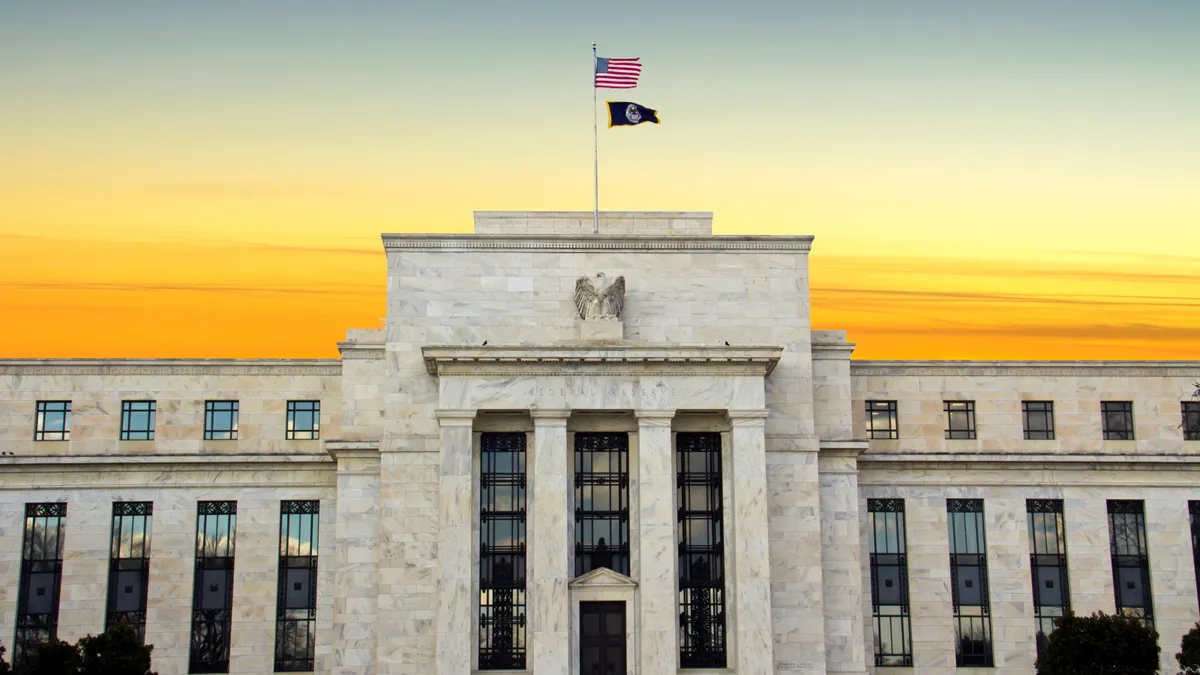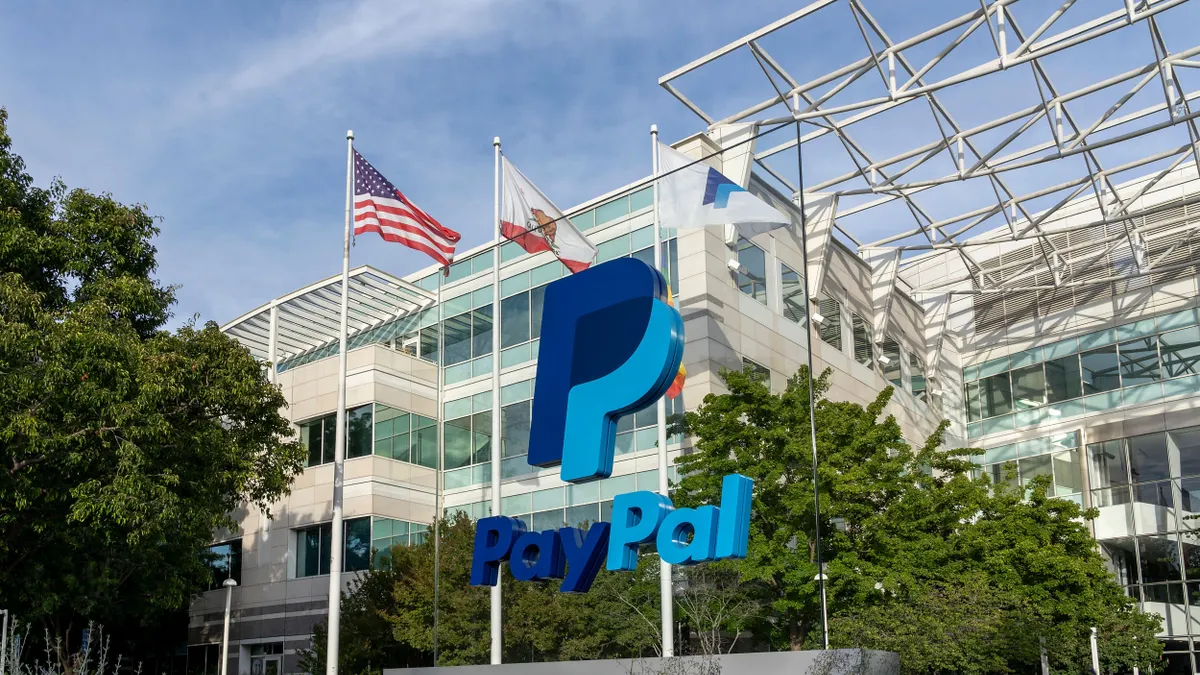Synctera’s compliance-first attitude is a differentiator among fintechs where compliance tends to take a backseat for not being “a money maker,” said Deb Bonosconi, the fintech’s new chief risk and compliance officer.
Having joined the San Francisco-based firm in May, Bonosconi said her role at Synctera involves engaging with various teams on product development and technology and onboarding new fintech clients. Bonosconi intends to ask some tough questions during sales discussions to gain a clear understanding of potential clients.
A former examiner at the Federal Reserve and the Office of the Comptroller of the Currency, Bonosconi has been skeptical of fintech job opportunities due to the lack of priority given to compliance, in her opinion.
Bonosconi is replacing Tana Rugel, Synctera’s outgoing risk chief, who is stepping down to join a bank. Bonosconi brings more than 25 years of industry experience in anti-money laundering, risk management, governance, and regulatory matters while working at IBM, Citi, PayPal, HSBC, GE and KPMG.
“Sometimes the assumption is that, if it's not profitable, then it really doesn't need to have a seat at the table. But nothing could be furthest from the truth,” Bonosconi said.
It’s an unfortunate notion because many fintechs could benefit from a robust compliance program, which they can show to their sponsor banks to “open the door much easier,” she said.
At Synctera, Bonosconi believes there is room for greater proactiveness in organizational planning to ensure the fintech has the right people and compliance procedures in place to manage risk effectively.
Synctera, a banking technology platform, serves as an intermediary, providing fintech clients with the tools to build innovative banking products while offering solutions to sponsor banks to manage their partnerships with fintechs.
The surge in financial innovation in recent years has led to increased risk and compliance complexities.
Since its inception in 2020, Synctera’s client base has grown exponentially from a small client base to more than 40 companies, notably, Bolt, Webull, BTG Pactual, Float, and Mazlo. Bonosconi plans to keep that growth in mind while developing a compliance framework for Synctera, as growth creates additional demands, she said.
In March, Synctera raised $15 million in funding, bringing the total raised to $94 million. The latest round was co-led by Fin Capital and Diagram, who were joined by its other existing investors, including First & Main, Evolution, and True Equity.
The firm plans to continue to “build, scale, and grow with the same core principles of effective compliance, operational excellence, and flexible design,” CEO Peter Hazlehurst said in a blog post.
Synctera has continued to invest in its platform over the past year and launched new tools.
As the firm pursues profitability in 2026, Synctera hired its first CFO, Matias Pino, earlier this year.
Navigating bank-fintech partnerships
“Fintechs are in the business to grow. There's no question that they have the ultimate goal of becoming big, bigger and best,” Bonosconi said.
While creating Synctera’s framework for strategic planning, Bonosconi said she plans to ensure the company has sufficient resources, systems, and processes; understands risks by analyzing recent consent orders and enforcement actions; and identify failures in the industry to proactively manage risk.
Lineage Bank, one of Synctera’s partner banks, was hit with a Federal Deposit Insurance Corp. consent order in early 2024 related to its BaaS business. Under the consent order, the Franklin, Tennessee-based lender was required to implement an enhanced risk management program overseen by its board of directors, increase capital levels, and terminate some fintech partnerships, including that with Synctera.
Bonosconi is focused on role clarity, ensuring a clear delineation of responsibilities among fintech clients, sponsor banks, and Synctera, and learning more about clients’ plans.
Some clients “want to offer new products and new services and a new client base and even potentially a new geography,” Bonosconi said. “So it's really understanding what their plans are and incorporating that into your overall strategy for the compliance program.”
Data reconciliation, another area she’s focused on, enables banks to verify that the transaction data in their core systems aligns with the data received from transaction sources, of which Synctera is one. The bankruptcy of middleware firm Synapse illuminated how fintechs and banks manage reconciliation within their partnerships.
Bonosconi wants to conduct due diligence on banks and fintech clients, as it is essential to understand the processes the sponsor banks have in place when taking on a new client.
In the classic bank-fintech model, failures in data reconciliation processes can be a problem, “because the minute a regulator sees that the formalized structure of [performing data reconciliation] is not in place, or they, in fact, have irregularities in it, integrity is lost in terms of the bank,” Bonosconi said.
‘Kick the tires’
Fintechs commonly believe their compliance programs are robust, which often proves unfounded, creating potential problems, Bonosconi noted.
She recommends regular gap analysis by hiring independent consultants or organizations to “kick the tires.” Gap analysis is a process that companies use to compare their current performance with their desired performance, enabling them to formulate an improvement plan.
Such an analysis can help to identify internal weaknesses before they impact sponsor banks or fintechs, she said.
Many fintechs rely heavily on in-house systems but lack independent data validation. The latter can verify that systems are functioning as designed, according to the risk chief. Plus, independent audits demonstrate initiative from the fintech, when issues are self-identified and remediated before formal audits, according to Bonosconi.
The banking industry appears to be “sitting on its axle” as the fintech world evolves rapidly and traditional banks experience an identity crisis, she said.
“We are at sort of a crossroads where you are looking at these organizations becoming very different from what they were originally designed to do,” Bonosconi said. “The traditional banks are facing that right now, and to some extent it's causing them some angst, because they are still trying to figure out how do we operate in this world with profitability, but managing the risk effectively.”








